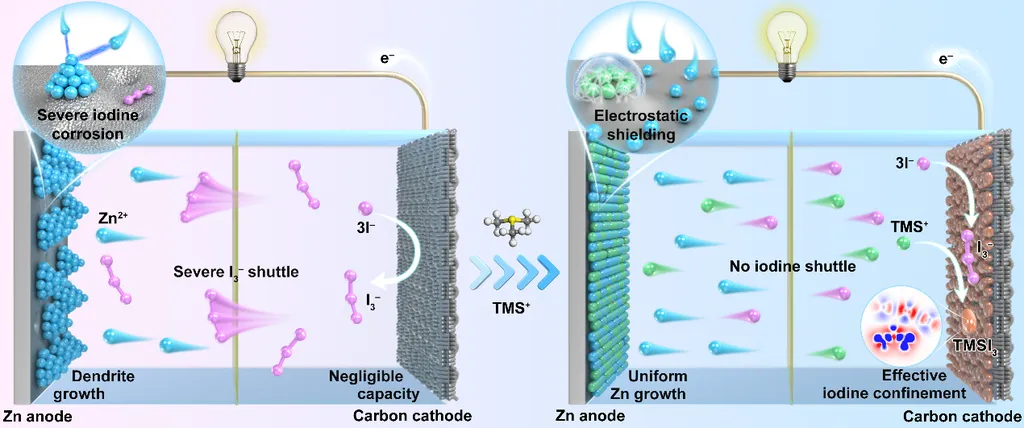In the ever-evolving landscape of power transmission, a groundbreaking study led by Kang Liu from the School of Electrical Engineering at Sichuan University has shed new light on the potential of Controllable-Line-Commutated Converters (CLCCs) to revolutionize grid stability and fault tolerance. Published in the journal *Energies*, the research focuses on the YZ-ZJ DC transmission project, a critical power transmission channel grappling with the dual pressures of growing energy demand and a transitioning power grid.
Traditionally, Line-Commutated Converters (LCCs) have been the backbone of DC transmission systems. However, they are prone to commutation failures during AC system faults, which can disrupt power transmission and compromise grid stability. Liu’s research introduces CLCCs as a robust alternative, demonstrating their ability to mitigate these failures and enhance overall system reliability.
The study’s innovation lies in its hybrid electromechanical–electromagnetic simulation model, which is based on actual engineering parameters. This model provides a comprehensive analysis of CLCCs’ electromagnetic characteristics and system-level behavior under fault conditions. “Previous research often focused on discrete electromagnetic modeling in ideal or simplified scenarios,” Liu explains. “Our approach considers the full complexity of real-world regional power grids, offering a more practical and accurate assessment.”
The results are promising. CLCCs not only prevent commutation failures but also stabilize power transmission during faults, reduce power fluctuations in neighboring transmission lines, and enhance grid stability. “The CLCC-based YZ-ZJ DC project outperforms the traditional LCC system, maintaining stable power transmission even under fault conditions,” Liu asserts.
The commercial implications for the energy sector are significant. As power grids worldwide face increasing pressures from growing demand and the integration of renewable energy sources, the need for stable and reliable transmission systems has never been greater. CLCCs offer a viable solution, promising to enhance grid stability and reduce the risk of power outages.
Moreover, this research could shape future developments in the field. By validating the feasibility of CLCCs in resisting commutation failures, Liu’s study paves the way for further exploration and implementation of this technology. As the energy sector continues to evolve, CLCCs could become a cornerstone of modern power transmission systems, ensuring reliable and stable energy delivery for years to come.
In the words of Liu, “This study is just the beginning. The potential of CLCCs is vast, and we are excited to see how this technology will shape the future of power transmission.” With such promising prospects, the energy sector is poised for a significant leap forward, thanks to the pioneering work of Liu and his team.

